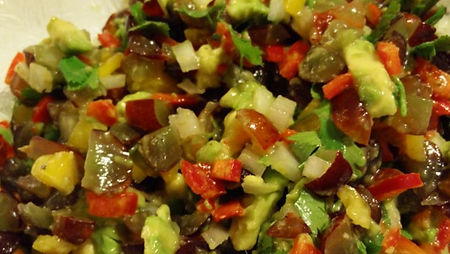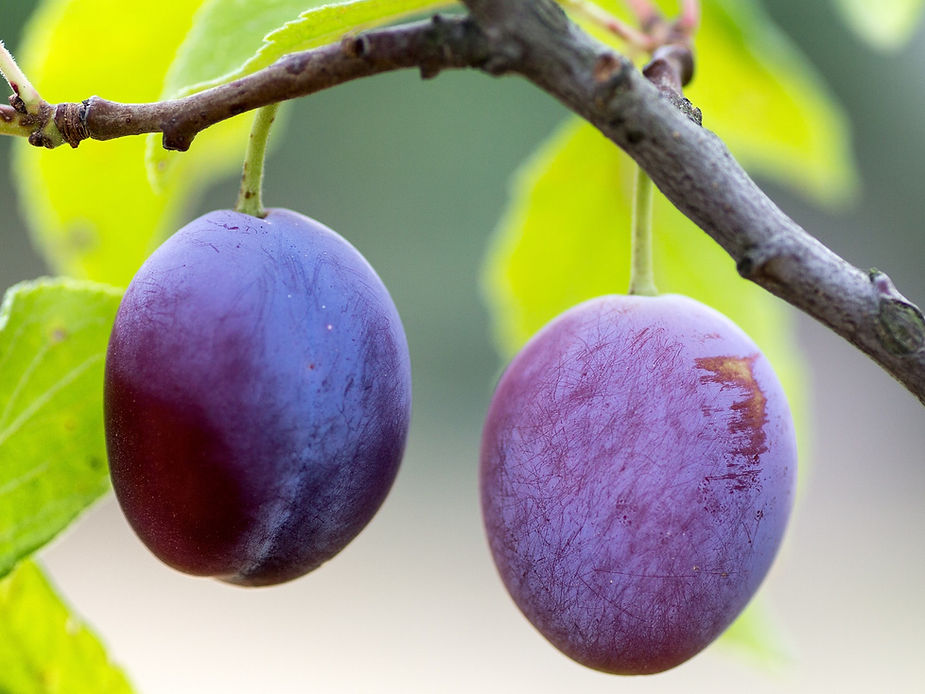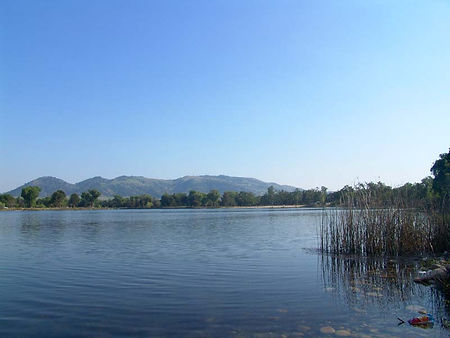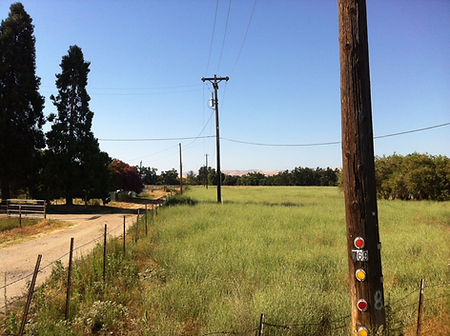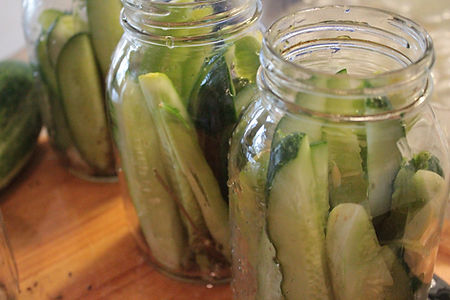Spending time on the land with you, our friends, is always good.
The Bob Frisch Memorial Ride & Walk event allowed guests to touch and see up close what a healthy river and farming landscape looks like. The Reedley College campus is a beautiful example of our home here along the river. It is a snapshot of what El Rio Reyes is working to protect.
El Rio Reyes exists to work with farmers and ranchers who want to protect their farms and ranches along the river so that the natural resources we all love and benefit from will remain for generations to come. There are landowners and managers in our community that want tools to address the changing environment and economics that play into farming and ranching in a growing state like California.

Many of our local landowners want to keep their lands productive and always have the opportunity to let them grow. We offer landowners an option to help them be the best land managers they can be.
By supporting us, you ensure we exist for local farmers and ranchers who want to keep their lands in production and continue to provide jobs, food, and habitat.

This event is a fun day with exceptional food, music, and friends, but more importantly it is a chance to focus on what’s so important in our landscape – people, farms, ranches, and the river.
Thank you to everyone who came and supported El Rio Reyes and our home.
HUGE Thank YOU! Volunteers: Louie Long, thank you for guiding the walk, sharing your knowledge and work with guests. Eric Antrim and Jack Kinney your talents abound and we loved hearing you play.
Glenn Kinney, you make the poker game a reality and fun – thanks to you all!
Sponsors:


A special Thank You to Eilene Browne who painted this beautiful scene of our iconic Jesse Morrow mountain. This truly made the silent auction stand out! Thanks Eilene!

The Beef Boutique is a local online supplier of western apparel and trend-right accessories. This special place, owned and operated by Brooke Helsel, donated a fun kids’ toy to our silent auction. They have supported us in the past and we hope you will support them too! Visit them https://www.thebeefboutiqueca.com

The Fresno-Kings Counties Cattlewomen are consistent supporters of our work. They live on the land and understand that protection of land and the way of life it provides is important. Thank you, again, Cattlewomen for your continued support – make sure to like them on Facebook and give them your support right back!








